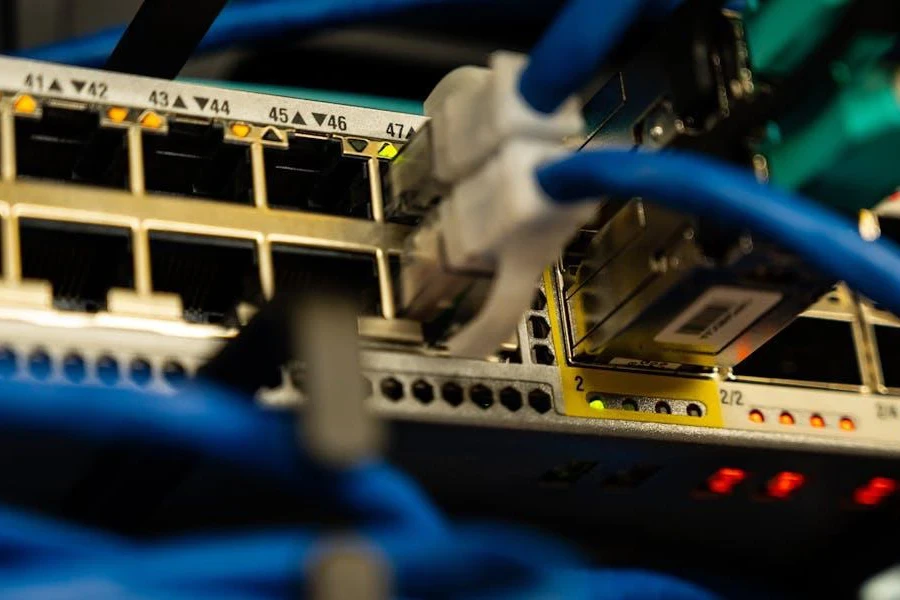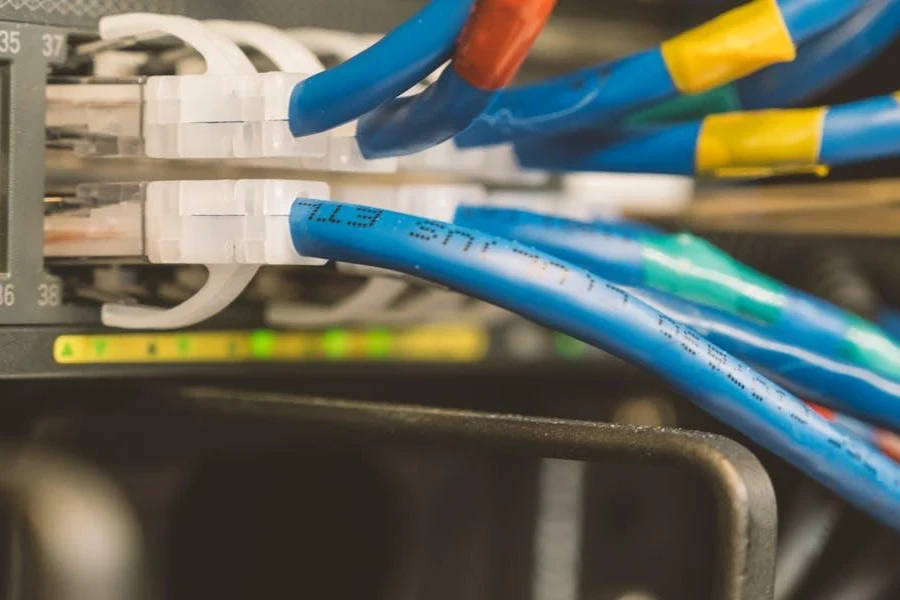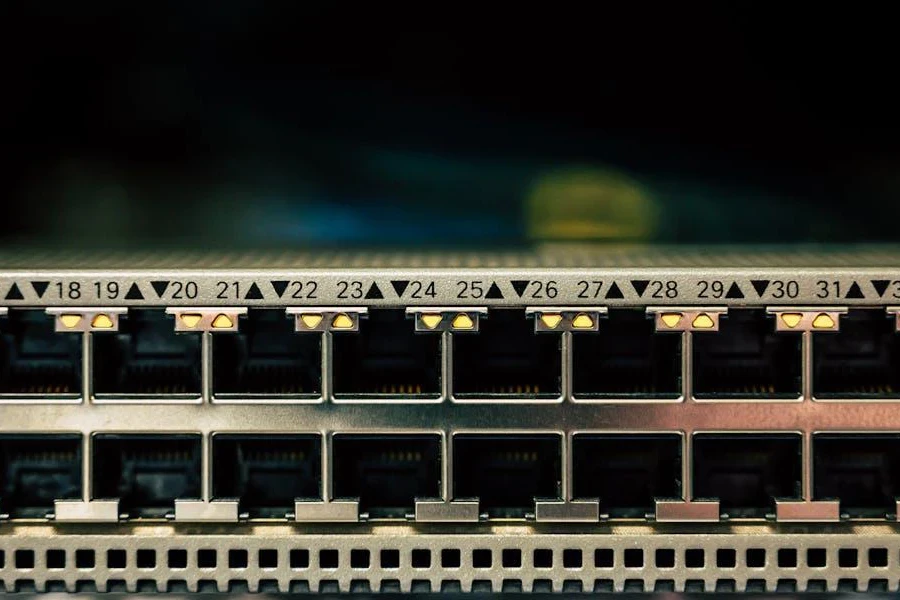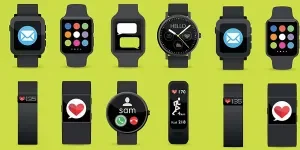Setting up a home or office network can sometimes be tough for consumers. They have to wrestle with multiple cables, connectors, and tricky tech jargon. But all that becomes easier with a network hub.
Although many choose switches over network hubs, this tech is still handy for many applications. Even better, they are a more common connection point than switches in a network. Given that the demand for network hubs is still strong, this practical guide will help retailers select network hubs that will fly off the shelf in 2024.
Table of Contents
What’s the state of the network hub market in 2024
What are network (or ethernet) hubs?
5 Factors to consider when selecting high-quality network hubs
How to market network hubs effectively
Rounding up
What’s the state of the network hub market in 2024
Despite the switch takeover, network hubs are still growing strong and fast. According to experts, the network hub market reached US$ 1.71 billion in 2023. They say the market will push from US$ 1.84 billion in 2024 to US$ 3.2 billion by 2032 at a 7.17% compound annual growth rate (CAGR).
Experts also attribute the rising demand for reliable and high-performance network connectivity to the increased use of big data analytics, IoT technology, and cloud computing. The spread of mobile devices and the debut of 5G are also helping the market grow.
What are the types of network hubs?

Hubs connect devices in a network, acting as a central point with multiple ports. They can broadcast data to all connected devices without routing intelligence, meaning hubs only have limited security. While switches are the new best thing, people who still use network hubs often choose between three types: passive, active, and intelligent.
Passive network hubs
These network hubs are connection points for physical networks. They can accept packets from one port and transfer them to others. Additionally, consumers can use passive network hubs as standards in their networks, as they can connect them to all their LAN devices.
Even better, the more advanced models come with AUI ports. Consumers can connect these ports as transceivers, depending on their network design.
Active hubs
Unlike passive models, active network hubs come with extra features. Consumers can use them to monitor the data they send to all connected devices. More importantly, active hubs can fix damaged packets during transfer.
Active hubs can also boost weak signals before sending them to other ports. For this reason, they are great for maintaining network strength across LANs.
Intelligent hubs
These network hubs have smarter features than active and passive models. Intelligent hubs come with management software to help detect and solve network problems. However, they work better with local area networks.
5 Factors to consider when selecting high-quality network hubs
1. Speed
Typically, these hubs allow data transfer rates of 1,000 or 10,100 megabits per second (Mbps). Nevertheless, future-proofing networks may be a concern for consumers. So, retailers can offer the maximum potential performance with hubs supporting the maximum speed.
2. Port accessibility

How many ports will the network hub have? This is another crucial question retailers must ask before stocking these devices. The more ports network hubs have, the more devices consumers can link to them simultaneously.
More importantly, consumers will choose network hubs depending on their current setup and future growth. However, retailers should consider network hubs with 4, 8, 16, or 24 ports—these are all viable options.
3. Power efficiency
Sustainability is still a huge trend for multiple industries, and networking is not exempt. Some consumers prefer lessening their environmental impact and saving some costs on their electricity bills with a power-efficient ethernet hub.
How would retailers know when their network hubs are “energy efficient?” They can look for terms like Green Ethernet and Energy Efficient Ethernet (EEE), which indicate when hubs, especially the newer models, have power-saving capabilities. Even better, these hubs can detect inactive ports and reduce their power consumption to save resources.
4. Security measures

Security is a big deal in networking, so network hubs must have good built-in security capabilities. They will help users stop hack attempts and other security breaches that could affect the network. So, what should retailers look for when stocking network hubs with security features?
They should focus on network hubs with Virtual Local Area Networks (VLANs), 802.1X authentication, and Control Lists (ACLs). These are common security features on managed network hubs and can help keep the user’s network safe.
5. Unmanaged vs. managed network hubs
Consumers may also choose between unmanaged and managed network hubs, depending on their applications.
Unmanaged network hubs are like barebone versions with plug-and-play designs. Hence, they don’t have any interesting features or settings options. Consumers go for unmanaged network hubs if they don’t need complex network protection or administration, meaning they are perfect for homes or small businesses.
Pros of unmanaged network hubs
- Consumers can easily use them without adjusting or setting anything.
- Unmanaged network hubs are more affordable than managed variants.
- They are the go-to for low-traffic private networks.
Cons of unmanaged network hubs
- These hubs only offer weak network traffic management and security.
- They don’t have any options or advanced settings to configure.

Managed network hubs offer better management features. Consumers can control everything from network settings to safety. Due to quality of service, VLAN support, and access controls, managed network hubs can also help users with security and traffic management. Large organizations or networks looking for detailed administrative oversight prefer these hubs.
Pros of managed ethernet hubs
- Managed ethernet hubs offer superior network management, safety, and configurations.
- They have way more advanced features than QoS, VLAN support, and access control.
- Larger networks can easily adapt managed ethernet networks to their changing needs.
Cons of managed ethernet hubs
- Managed ethernet hubs are not as affordable as their unmanaged counterparts.
- Users need some technical expertise to set up and use.
How to market network hubs effectively

While ethernet hubs are a mature technology overshadowed by switches, they still have niche markets. One tip to help target this market is focusing on customers with simple network needs, like small businesses, legacy systems, educational purposes, or budget-conscious buyers in developing economies.
Retailers should also highlight hubs’ remaining advantages, such as affordability, ease of use, and durability in harsh environments. They can also consider selling strategies like bundled solutions and pre-configured hubs for specific uses or promoting them as low-power options.
Finally, excellent customer service, informative content about hub use cases, and leveraging online marketplaces can all help reach the right audience. However, remember to be transparent about hubs’ limitations compared to switches to maintain customer trust.
Rounding up
Consumers have different reasons for choosing network hubs. It could be for play, work, or something more personal. Whatever the reason, network hubs can help keep things running smoothly and efficiently, especially when consumers can’t afford switches.
Network hubs still work (despite being outmoded), and Google data proves people are still searching for them. They have up to 12,100 searches in July 2024. So, follow this guide to stock network hubs that will attract this niche audience.



